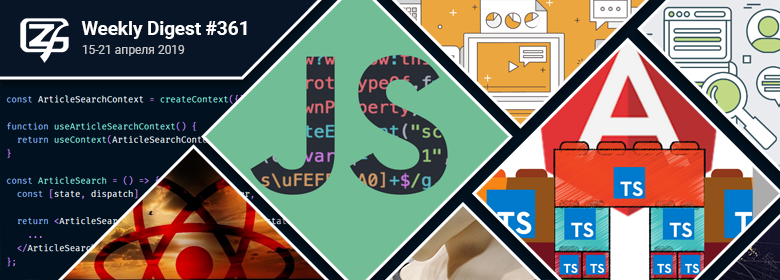This week we issue a really huge selection of all the essential news you might have missed on Front-end development. Make sure to check the latest updates on CSS, HTML, and JavaScript.

This week we issue a really huge selection of all the essential news you might have missed on Front-end development. Make sure to check the latest updates on CSS, HTML, and JavaScript.

Предлагаем вашему вниманию подборку с ссылками на новые материалы из области фронтенда и около него.

Предлагаем вашему вниманию подборку с ссылками на новые материалы из области фронтенда и около него.

Предлагаем вашему вниманию подборку с ссылками на новые материалы из области фронтенда и около него.

Предлагаем вашему вниманию подборку с ссылками на новые материалы из области фронтенда и около него.

Предлагаем вашему вниманию подборку с ссылками на новые материалы из области фронтенда и около него.

This week we issue a really huge selection of all the essential news you might have missed on Front-end development. Make sure to check the latest updates on CSS, HTML, and JavaScript.

Предлагаем вашему вниманию подборку с ссылками на новые материалы из области фронтенда и около него.

This week we issue a really huge selection of all the essential news you might have missed on Front-end development. Make sure to check the latest updates on CSS, HTML, and JavaScript.

Предлагаем вашему вниманию подборку с ссылками на новые материалы из области фронтенда и около него.
